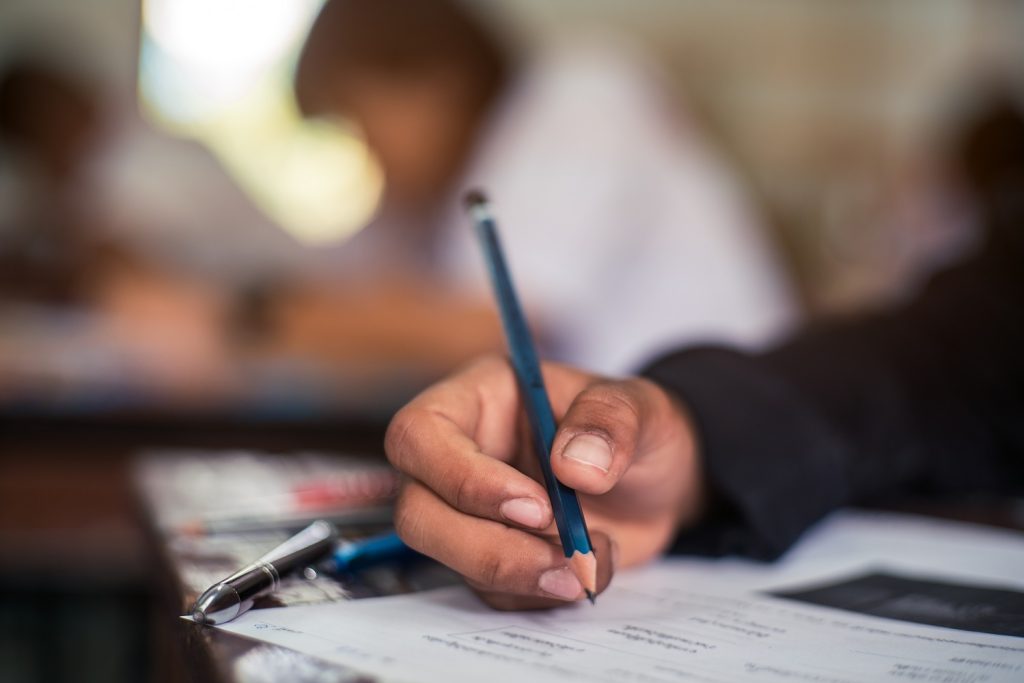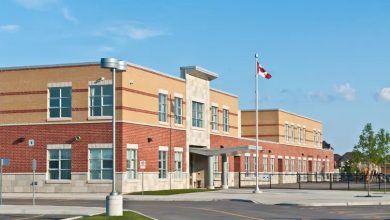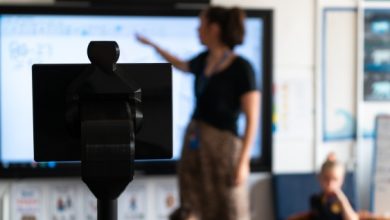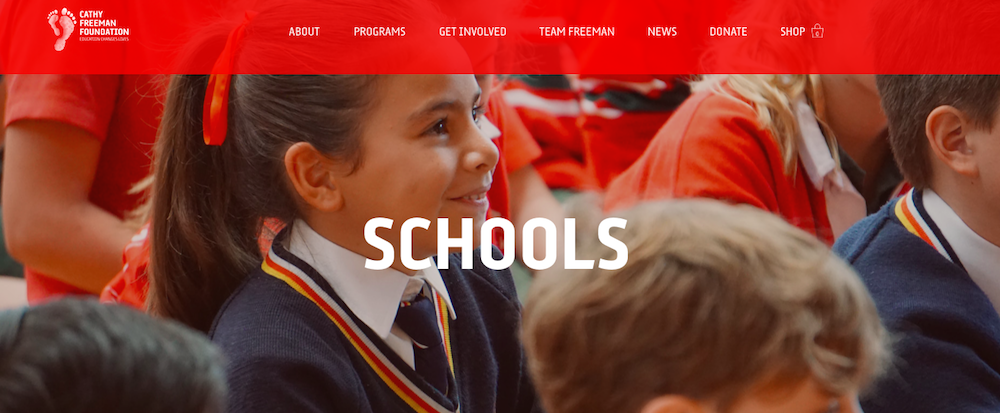
The Federal Government and Northern Territory Government have signed a bilateral agreement to increase funding for all schools in the Northern Territory to 100 percent of the Schooling Resource Standard (SRS) by 2029.
This means Northern Territory public schools will reach the full and fair funding level two decades earlier than they would under current settings. Funding will be tied to reforms in the Better and Fairer Schools Agreement.
Read the latest print edition of School News HERE
Federal Minister for Education Jason Clare said it was an historic day for public education in the Northern Territory. “At the moment, public schools here in the Northern Territory are funded at less than 80 percent of the original Gonski model. In other words, one in five kids are not receiving funding. This agreement fixes that.
“This agreement means the most underfunded schools in Australia will now be fully funded,” Minister Clare said.
Northern Territory Chief Minister Eva Lawler said: “This funding boost means more resources where they are needed including extra teachers, better infrastructure and additional support to students who need it most.”
The Coalition of Aboriginal and Torres Strait Islander Peaks (Coalition of Peaks) welcomed the announcement. Pat Turner, Lead Convenor of the Coalition of Peaks, says it is an important step towards Closing the Gap on education outcomes for Aboriginal and Torres Strait Islander children and young people as they move through the education system.
“Educating our children is one of the very best ways we can improve their future, and then generations to come after that,” Ms Turner said.
“As today’s Closing the Gap data report shows us, the proportion of Aboriginal and Torres Strait Islander young people completing Year 12 or equivalent is increasing, but the 95 per cent target is not on track to be met by 2031. So I am pleased there funding now available through this agreement to better support our young people.
“New targets for increasing the number of Aboriginal and Torres Strait Islander staff in Territory schools will also ensure our kids can learn from people who understand their culture and community,” Ms Turner said.
While the funding is a welcome boost to public schools in the Northern Territory, some argue that funding across the education sector needs to be reexamined. The Australian Education Union (AEU) is calling on the Federal Government to step up for the other states and fulfil their promise to provide full funding to public schools by increasing their contribution from 22.5 percent to 25 percent, rather than pressuring states to sign a deal that falls short.
AEU Federal President Correna Haythorpe said she is deeply concerned about the government’s approach to school funding citing the deal as an ultimatum.
“The critical funding and support needed for Australian public school staff and students should not be compromised amidst a political spat between governments which has the potential to deny long awaited promised funding for public schools,” Ms Haythorpe said.
“With only 1.3 percent of public schools funded at the minimum benchmark, the Schooling Resource Standard, the stark reality is that public schools have waited more than a decade for the vital resources that they need to deliver high quality education for every child.
“Students on the cusp of finishing Year 12 are amongst the first cohort of students who were promised this funding but have not had the full benefits they were entitled to.”

Independent Schools Australia (ISA) is the national peak body representing 1216 independent schools with close to 720,000 enrolled students, accounting for approximately 17 percent of Australian school enrolments. Following the release of the Better and Fairer Schools Agreement (BFSA) last week, ISA said all Australian students, in all schools, must be supported to benefit from school reforms. Last year, internal Department of Education figures seemed to highlight unfair and inequitable funding between government and non-government schools.
ISA President Graham Catt commended Minister Clare’s commitment to educational reforms to lift student outcomes. “A sector neutral approach to resourcing reform initiatives is also critical for the success of an ambitious reform agenda.” Mr Catt said. “Around one third of all Australian students attend a non-government school.
“Independent schools have a proven ability to innovate and trial new approaches that deliver real outcomes in the BFSA’s key areas of reform. While we commend and support the additional investment in government schools, many educators in Independent schools are concerned that the Government won’t support them with the resources needed to fully realise this potential, and to share valuable learnings and practice across sectors.
“That’s a missed opportunity to deliver real outcomes for all schools, and innovations that will help deliver the collective goal of a better and fairer education system,” Mr Catt said.
Read more on school funding in this School News Special Report.







